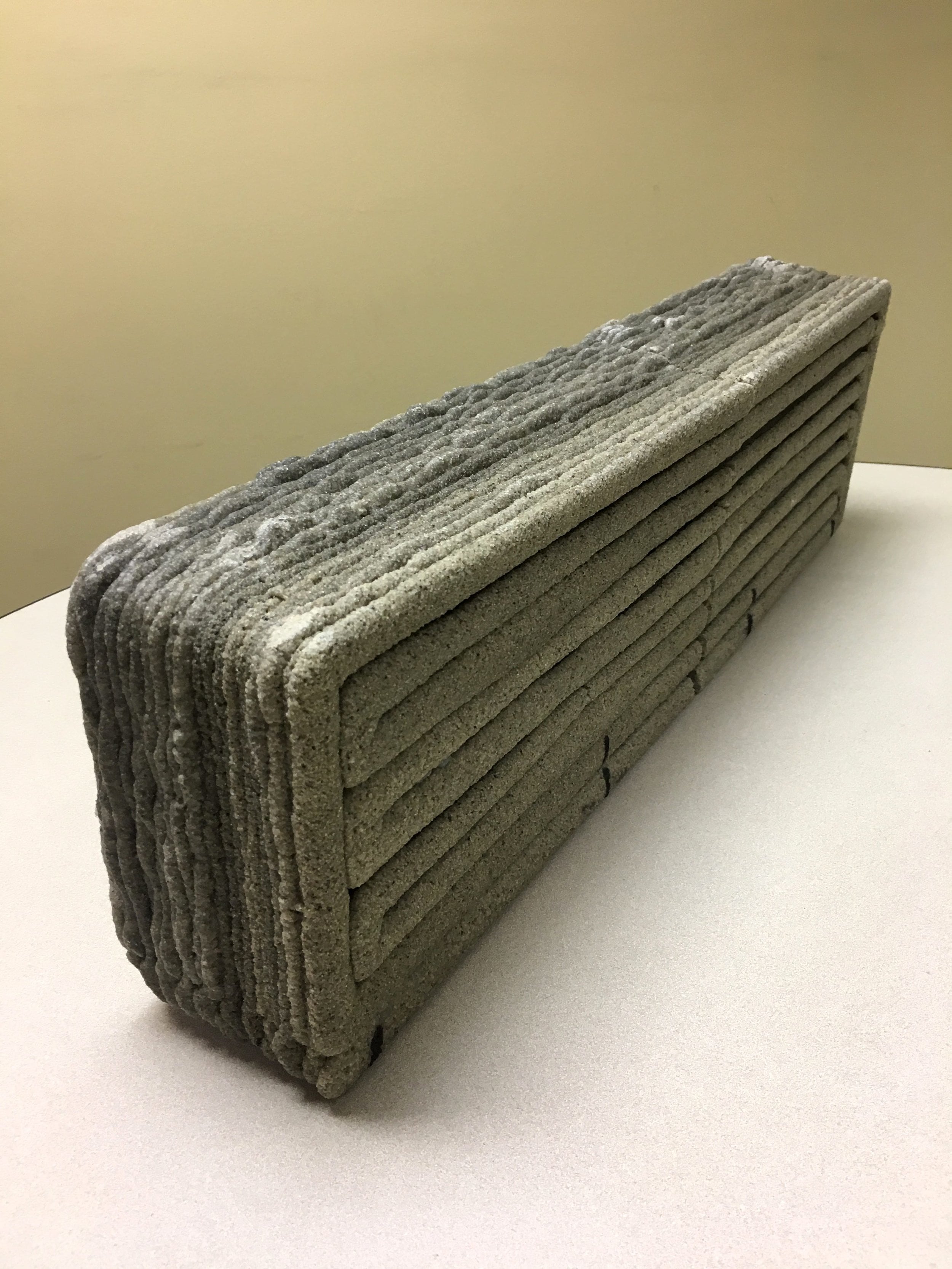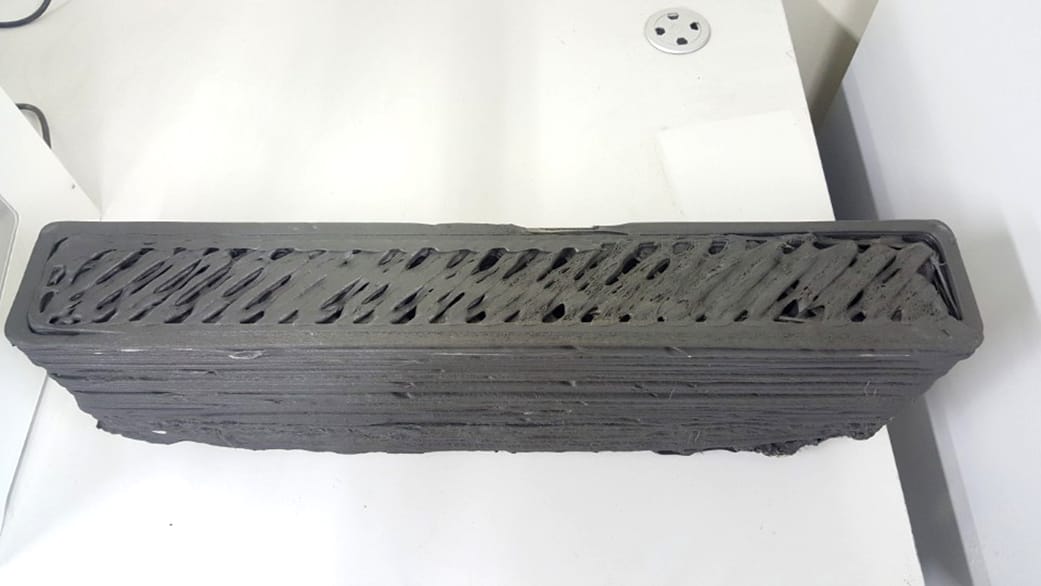
NASA’s long-running challenge to develop a feasible means of 3D printing habitats on Mars and the Moon took another step forward.
The space agency announced the winners of Phase 2, Level 2 of the multi-year contest. The first phase was a design contest intended on identifying the most promising ideas. Phase 2, currently underway, involves actually building stuff. You can read the entire set of rules here (PDF).
The intent of the challenge is to find efficient and feasible means to use local materials to 3D print habitats on the Moon and Mars, as shipping raw building materials from home is really not practical.

The entrants are slowly being cut down to only those ideas that actually work. Phase 2, Level 1 involved 3D printing a cone and cylinder using the proposed approach, and judged by the amount of slump and compressibility of the 3D printed test object.
Phase 2, Level 2 involved 3D printing a beam. NASA explains:
For this level, which is the second of three sub-competitions within Phase 2, teams had to 3-D print a beam for bend testing. Scores were calculated based on the material composition and the maximum load of the beam at failure.
This is getting quite real!
The winners were of this level were Moon X Construction of Korea, who produced the strongest beam, pictured at top. Five others were also selected, having produced usable beams.
The next step, Phase 2, Level 3, involves 3D printing a dome structure that will be subjected to crush testing. If teams survive this, then Phase 3 involves automating the entire process using 3D printing equipment.
One concern I had was that the top three teams all used thermoplastics in their material mixtures, the implication being that the thermoplastic must be shipped from Earth to the build site. That’s certainly not optimal, but it may be the only way to 3D print sufficiently strong building components. NASA’s Rob Meuller explains:
Recyclable plastics were used in the top three scoring teams, indicating that a thermoplastic concrete material may be viable for 3-D printing habitats on Mars. Thermoplastics, which are plastic polymers that become moldable when heated, could be obtained from discarded packaging material or even created on Mars using the carbon dioxide atmosphere and hydrogen from water found in the soil. Such concrete materials could also have applications on Earth while using discarded plastic trash.
While this challenge is most interesting, there are plenty of potential spinoff ideas that may emerge. If one is able to use lunar or Martian soil to 3D print buildings effectively, then it may also be possible to do something similar on Earth in remote locations, where it is challenging to deliver building supplies.
It’s entirely possible that some of these competitors may eventually form a commercial enterprise that specializes in this technology on Earth, as it’s likely off-world markets will be relatively small, at least for a while.
Via NASA

